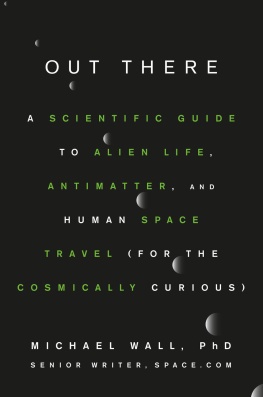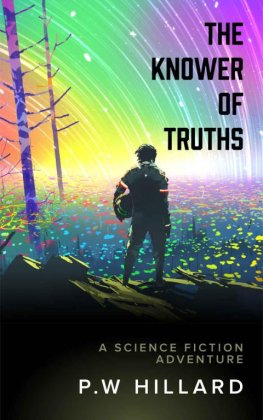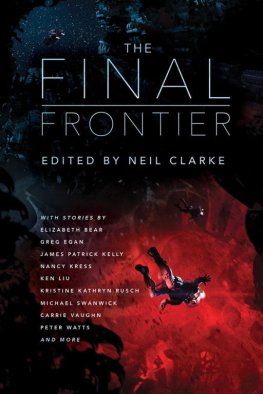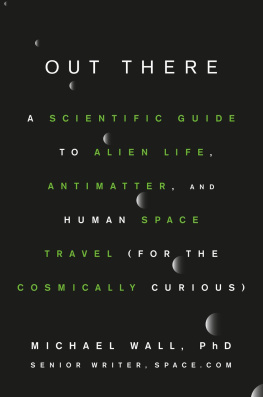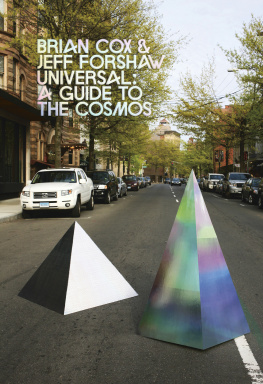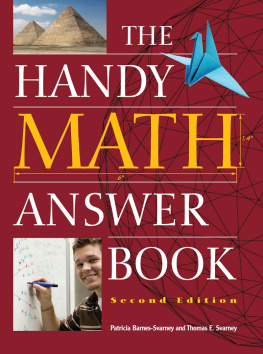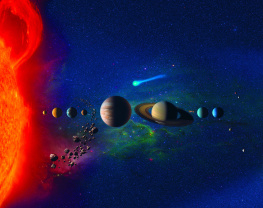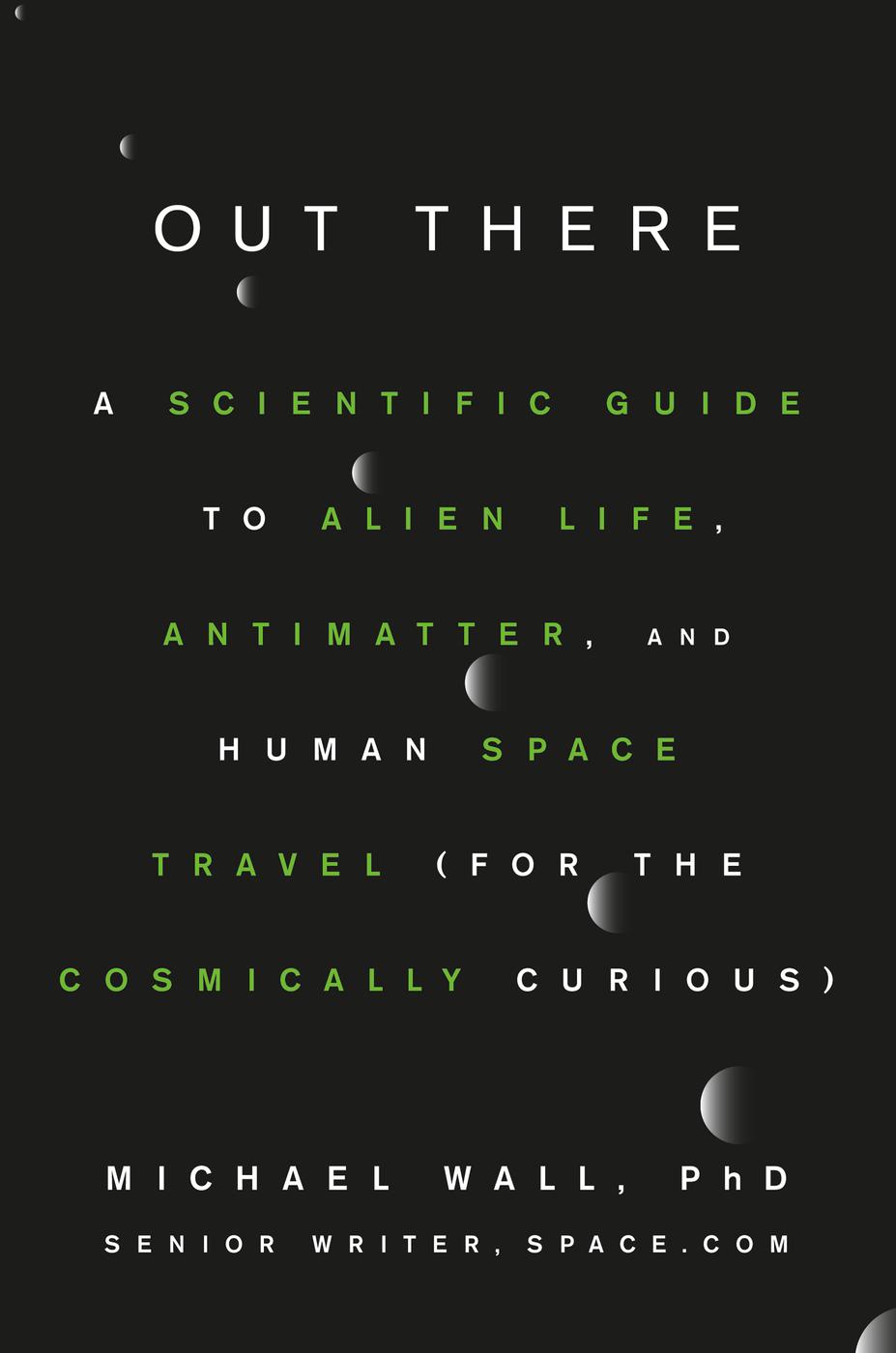Cover design by Oliver Munday. Cover copyright 2018 by Hachette Book Group, Inc.
Hachette Book Group supports the right to free expression and the value of copyright. The purpose of copyright is to encourage writers and artists to produce the creative works that enrich our culture.
The scanning, uploading, and distribution of this book without permission is a theft of the authors intellectual property. If you would like permission to use material from the book (other than for review purposes), please contact permissions@hbgusa.com. Thank you for your support of the authors rights.
Grand Central Publishing is a division of Hachette Book Group, Inc. The Grand Central Publishing name and logo is a trademark of Hachette Book Group, Inc.
The publisher is not responsible for websites (or their content) that are not owned by the publisher.
The Hachette Speakers Bureau provides a wide range of authors for speaking events. To find out more, go to www.hachettespeakersbureau.com or call (866) 376-6591.
Two days after Elvis Presley died, astronomer Jerry Ehman was sitting at his kitchen table, poring over an eye-straining thicket of numbers and letters on computer printouts. This was not his way of coping with the Kings untimely demise; it was his job. Well, sort of. Ehman had volunteered to look for interesting patterns in this messy mass of data, which had been collected by Ohio State Universitys Big Ear radio telescope.
Something in the jumble caught Ehmans eye: the vertical string 6EQUJ5. It was so surprising that he circled the mini column with his red pen and wrote Wow! in the margin in a lovely, looping script. Its nice that this iconic moment was immortalized in such an eye-pleasing way. The story would be marginally worse if the word had been written in my moms pinched and slanting scrawl.
6EQUJ5 was code describing a radio signal that had come in three days previously, on August 15, 1977. Ehman saw that the Wow! signal, as it has come to be known, was strong, covered a narrow range of wavelengths, and lasted 72 seconds, as would be expected from a deep-space source. (This was the length of time that the Big Ear could observe a distant cosmic target, before Earths rotation rolled another patch of sky into view.) All of these characteristics were consistent with a transmission from an alien civilization.
But there was more. The Wow! signals frequency was 1,420 megahertzsquarely within the water hole, the slender, radio-quiet range that many astronomers had predicted ET would use to contact us. The name stems from its position between the frequencies of naturally occurring cosmic hydrogen atoms (H) and hydroxyl (OH) molecules, which together form water. Also, its a kind of joke: the water hole should attract conversation, just like an office water cooler. (If youre a fan of nature shows, water hole may evoke images of wildebeest getting ambushed by lions or crocodiles at dwindling, muddy pools, which is a valid image as well, if ET means to do us harm.)
This was very intriguing indeed, but astronomers would need more information before they could say anything definitive about the Wow! signal. For starters, theyd need to observe it again. So Ehman and his colleagues tried with the Big Ear, again and again. Nothing. Other astronomers sought to pick it up as well, using a variety of different scopes. Silence. Researchers have continued this effort over the decades, and nobody has had any luck. The Wow! signal was a one-off, a single cry in the dark.
So what was it? A weird, isolated natural event? Terrestrial interference somehow masquerading as a deep-space signal? Or, hope against hope, a hello beamed across the dark and frigid depths by ET?
I dont think it can ever be determined, Ehman said. Im frustrated that I cant draw any further conclusions than I already have.
Though the Wow! signal remains a cosmic unicorn, a lot has changed since its detection four decades ago. Back then, the only planets astronomers knew about circled the sun. Scientists generally thought that life was as soft as a trust-fund kid, restricted to a narrow range of temperatures, pressures, and pH.
Now we know that the universe harbors more planets than stars, and huge numbers of these alien worlds probably look a lot like ours. But even if we never found an Earth twin, that wouldnt necessarily mean were alone in the universe. Microbiologists have discovered that many of our planets smallest inhabitants are unbelievably tough, scratching out a living in boiling-hot mud pots, frigid pools buried beneath Antarctic ice, and soda lakes so alkaline theyd eat the skin off a flamingos legs. The possible abodes for life are nearly endless.
The search for ET has moved from the sci-fi fringes into the mainstream and onto the front pages of newspapers around the world. Scientists are looking hard now, and their efforts are about to ramp up, as a new generation of powerful telescopes, both on the ground and in space, is about to come online. Excitement and optimism are in the air.
I think itd be the biggest surprise if we dont find something, said Lisa Kaltenegger, an associate professor of astronomy at Cornell and director of the universitys Carl Sagan Institute. Kaltenegger is focused primarily on finding biosignatures in the atmospheres of alien worldsgenerally speaking, evidence of simple life such as microbes.
But Ehman is just as bullish on intelligent aliens. Im convinced that there are probably millions or billions of extraterrestrial civilizations, if we include all of the galaxies in the universe, he said.
As the search for ET heats up, so too does the push to expand humanitys footprint out into the solar system. NASA is planning to return astronauts to the moon and then get them to Mars; the European Space Agency is really excited about setting up an international moon village. But much of the action is in the private sector. SpaceX and Blue Originled by billionaires Elon Musk and Jeff Bezos, respectivelyare launching, landing, and reflying rockets, showcasing tech that could slash the cost of spaceflight enough to get us off this rock in a meaningful way for the first time ever.
Musk wants to set up a million-person city on Mars. Bezos wants to get millions of people living and working in space, in so-far unspecified locations that presumably do not include the surface of the sun, the interiors of black holes, or the kitchens of Romulan warships.
A number of companies aim to start mining asteroids and the moon in the next few years. And were already manufacturing stuff off-Earth, using machines launched to the International Space Station.
A thousand years in the future, looking back, people will see this as the inflection point, where we did transition to a multiworld and spacefaring civilization, said Bob Richards, the CEO of Moon Express, a company that aims to provide robotic transportation services to the lunar surface and mine the moon and a number of other bodies throughout the solar system.
Theres a lot going on out there and a lot out there to see. In this book, were going to take a little tour of the great beyond, asking some pertinent (and some impertinent) questions about ET: Does he/she actually exist? If so, why so shy? Do aliens have sex? And well touch on humanitys push for another giant leap: Will we colonize Mars? Can we go interstellar? Could we really travel back in time and stab Hitler in the neck with an awl?

